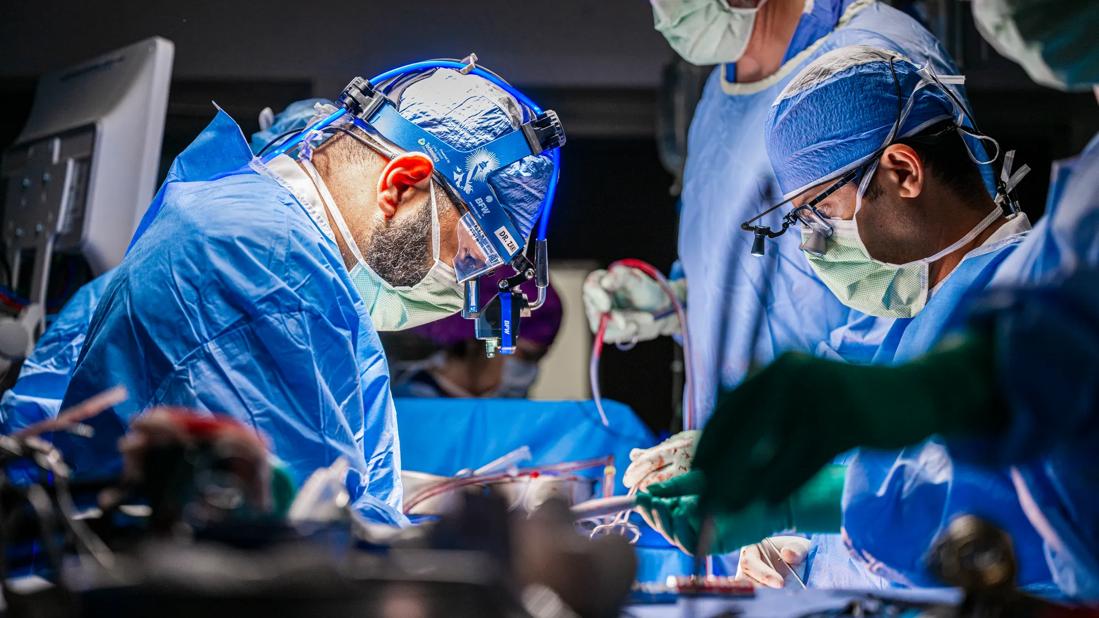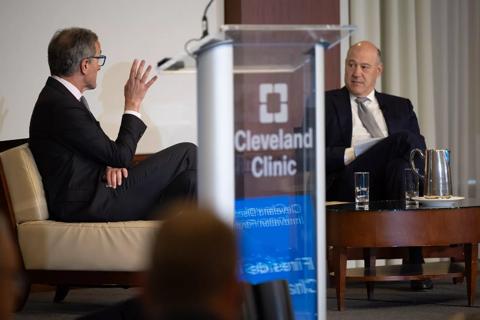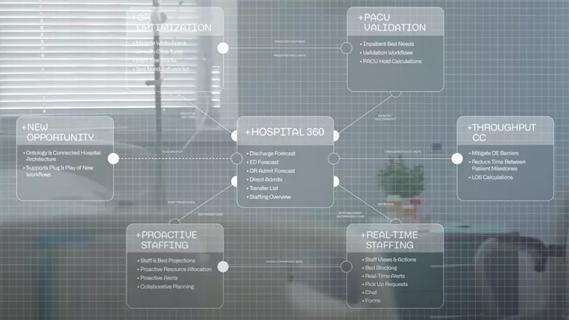How a standardized checklist is guiding us to fewer safety events

Advertisement
Cleveland Clinic is a non-profit academic medical center. Advertising on our site helps support our mission. We do not endorse non-Cleveland Clinic products or services. Policy
Zero is the youngest digit. It wasn’t known before the year 800, and wasn’t named until 1604. Today, most people take zero for granted. But we in healthcare don’t have that luxury.
We need to keep zero top of mind, because zero should be our nonnegotiable target for serious safety events in the hospital and outpatient environments.
Some people think zero safety events is an impossible dream. But I believe we can do it. At Cleveland Clinic, we’ve launched a process that is bringing all our facilities closer to target zero every day. We call it, “Start Strong and Finish Strong.”
Serious safety events are by definition things that should never happen: objects or instruments left in bodies after surgery; operations on the wrong side or wrong site of the body; implantation of expired medical devices; or anything that could negatively affect the patient, cause death or serious injury.
“Start Strong and Finish Strong” combines the Universal Protocol developed by the Joint Commission in 2004 with the idea of safety checklists, as proposed by Boston surgeon Atul Gawande, MD, in 2009.
Cleveland Clinic has developed a standard checklist that applies to all procedures in all settings— even the medical office.
There are more than 40 boxes on the checklist, along with several stops and time-outs to affirm consensus among caregivers and the patient and create opportunities to ask questions. The whole team must be in agreement before an item is checked – and that includes the patient and the patient’s family.
Advertisement
The process begins with the entire team introducing themselves and their roles to the patient. Then, step by step, they verify the patient’s identity, the procedure and informed consent. After a pause to assure that all agree, they mark the site and go through the plan of care, checking off the necessary boxes.
This is followed by a full stop where the entire team must agree that the patient is getting the correct procedure, in the correct location, with appropriate fire and eye-safety precautions. The type, model and expiration date of any implants are reviewed by the surgeon and the person placing the implant on the field.
Then there’s another pause. Only after the entire team orally affirms that they are ready to begin does the procedure get underway.
Nothing could be more important than these stops. At these moments we stand face-to-face and honestly ask each other: “Have we done everything we can to protect this patient and ourselves from all safety contingencies?”
Every voice on the team is heard. Caregivers, patients and family are equal partners. Anyone can speak up. Anyone can stop the line with a concern.
The checklist emerges once more when the procedure is coming to an end. The team checks that everything that has gone into the procedural field is coming out of it or can be accounted for. Only when the count is complete, and all agree, can the skin closure be completed.
Before leaving the room, the team verifies that the correct procedure was recorded, the wound is classified, counts are complete and specimens are correctly labeled. The team discusses any patient recovery and management concerns. Everyone stays until the team agrees that the procedure is over.
Advertisement
This kind of clear signoff and handoff are what we would want for ourselves and our family members. Starting strong and finishing strong is another reflection of caring for our patients and one another as family.
“Start Strong and Finish Strong” can only succeed in a culture where all caregivers feel that they can openly discuss patient safety concerns without fear. Effective communication and teamwork are essential for the delivery of high-quality, safe patient care. Failures in communication lead to unintended patient harm. The value of the checklist is that it demands explicit answers and clear consensus. It demands continual communication and awareness of our patient and the surroundings.
Caregivers must know that they have the unequivocal support of leadership when they speak up about safety concerns. This is the only way to change behavior and assure high reliability.
Has Cleveland Clinic yet gone a year without any serious safety events? Let me say this – we are much, much closer than we were before we rolled out “Start Strong and Finish Strong.” And I am positive that by a relentless focus on patient safety issues, our caregivers will soon give us our first “year zero.”
Advertisement
Advertisement

Advanced software streamlines charting, supports deeper patient connections

How holding simulations in clinical settings can improve workflow and identify latent operational threats

Interactive Zen Quest experience helps promote relaxing behaviors

Cleveland Clinic and IBM leaders share insights, concerns, optimism about impacts

Cleveland Clinic partners with Palantir to create logistical command center

A Q&A with organizational development researcher Gina Thoebes

Cleveland Clinic transformation leader led development of benchmarking tool with NAHQ

Raed Dweik, MD, on change management and the importance of communication